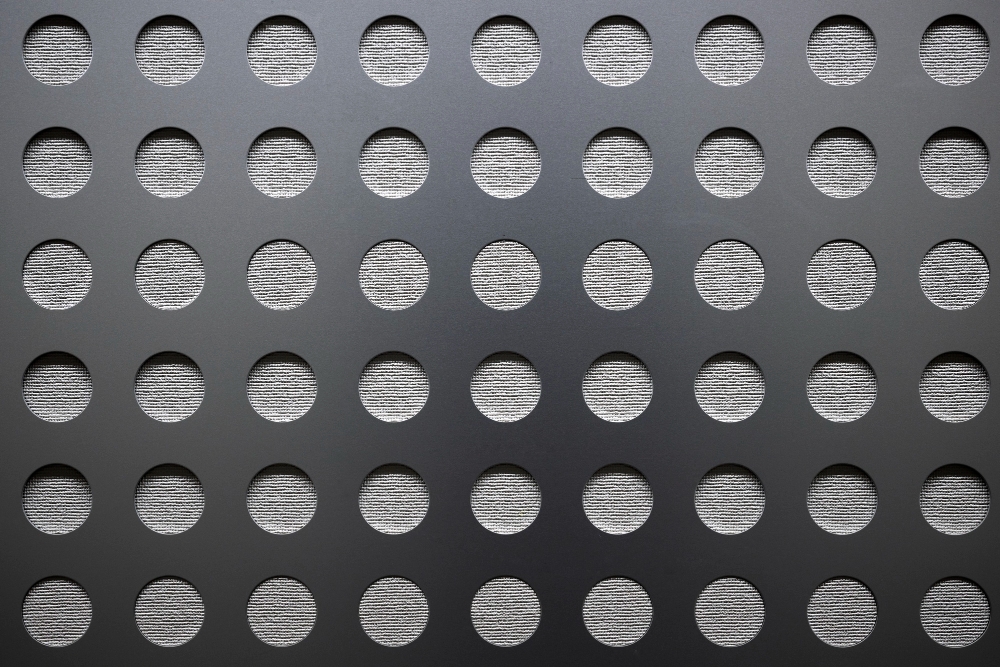Common Challenges in Sheet Metal Stamping Products

Sheet metal stamping is a fairly common method in manufacturing for creating intricate shapes out of flat metal sheets. The most recurrent problems associated with sheet metal stamping products, which are important in discussing its quality, production speed, and overall costs, will be reviewed here.
Material Selection and Variability
Material selection is one of the major issues in sheet metal stamping. Different metals basically show different characteristics in strength, ductility, and formability, which can seriously affect the whole process of stamping.
Material Properties
Tensile strength and yield strength, in its own right, fundamentally define how easily the metal can be shaped without fracturing. For example, materials such as aluminum are more ductile and easier to form than high-strength steels that may need more careful handling lest cracking occurs.
Thickness and Composition
Variations in material thickness and composition can lead to inconsistencies in stamped parts. Thin materials may not withstand the stamping process, while thicker materials can be challenging to shape, leading to defects such as wrinkling or incomplete filling of the die.
To address these issues, manufacturers should conduct thorough material testing and characterization before production. Establishing strict material specifications and maintaining strong relationships with suppliers can help ensure consistency in material quality.
Tooling and Die Issues
Tooling is one of the most critical elements in stamping. Problems with tooling and die design are among the leading causes of major production difficulties.
Wear and Tear
The stamps are continuously in use and thus get worn out with each application. Hence, defects may appear as dimensional inaccuracy or surface imperfection. To sustain quality, the maintenance should be quite regular and worn tooling replaced at due time.
Tooling Design
The design of the stamping die must accommodate complex part geometries while ensuring durability. Poorly designed tooling can lead to issues such as misalignment and inadequate clearance, resulting in defects like burrs and fractures.
Investing in advanced tooling design techniques, such as computer-aided design (CAD) and simulation tools, can optimize die designs for better performance and longevity. Implementing a proactive maintenance schedule can also help mitigate tooling issues.
High-Volume Production Challenges
High-volume production environments present their own set of challenges, particularly in maintaining consistent quality across large batches of parts.
Predictive Maintenance
Using sensors and monitoring systems can help detect potential problems before they lead to machine failures. This proactive approach reduces downtime and ensures a steady output of quality parts.
Process Optimization
Continuous optimization of stamping processes is crucial for balancing speed and reliability. Identifying bottlenecks and inefficiencies through data analytics can enhance production efficiency.
Employing lean manufacturing principles can also streamline operations and reduce waste, further improving production efficiency.
Complex Part Geometries
As the demand of industries is increasing regarding geometrical complexities, the difficulties regarding the stamping of these geometrical shapes are increased.
Simulation and Prototyping
Computer-aided simulation tools make it possible for the manufacturers to model and simulate a stamping process in advance of full-scale production. This helps in identifying potential problems much earlier in the design process to make changes accordingly.
Incremental Forming Techniques
For particularly intricate shapes, incremental forming techniques can be employed. This method gradually shapes the material, reducing the risk of defects associated with deep draws and complex geometries.
Investing in advanced simulation software can facilitate better design and manufacturing processes, ultimately leading to higher quality products.
Defects and Quality Control
Defects in stamped products can arise from various factors, including material properties, tooling issues, and process parameters. Common defects include:
Burrs
Sharp edges or excess material along the stamping edges can necessitate secondary operations for deburring, increasing costs and production time.
Wrinkling
This occurs when the metal surface deforms, creating ripples or wrinkles, often due to improper material thickness or inadequate forming radii.
Incomplete Filling
The incompletely filled metal in the die impression may show voids or short forms and need correction by adjustments in the tonnage or dwell time.
Quality control available with continuous inspections and testing may intercept the defects in the early lots in production. Clear communications among the design engineers and the fabricators regarding the manufacturing process are very important and will help to reduce the possibility of defects.
Technological Advancements
Advances in stamping processes and equipment will be utilized to maintain a competitive status in view of constantly changing technology in manufacturing.
New Technologies Adoption
Integrating new technologies involves automation and advanced materials that can be very efficient in improving productivity and the quality of the product. This normally requires heavy investment and a willingness to adapt.
Training and Skill Development
As technology evolves, ongoing training and skill development for staff become essential. Ensuring that employees are proficient in the latest techniques and equipment can lead to improved outcomes.
Manufacturers should prioritize continuous learning and development to leverage technological advancements effectively.
Key Takeaway
Material selection, tooling, high-volume production, and quality control are just a few of the challenges posed by sheet metal stamping products. With deeper knowledge, challenged by strategic solutions, manufacturers could take their stamping processes further and develop higher-quality products at reduced overall production costs. Continuous investment in technology, training, and process optimization will be key to meeting the evolving landscape of sheet metal stamping and staying competitive within the industry.
- Industry
- Art
- Causes
- Crafts
- Dance
- Drinks
- Film
- Fitness
- Food
- Games
- Gardening
- Health
- Home
- Literature
- Music
- Networking
- Other
- Party
- Religion
- Shopping
- Sports
- Theater
- Wellness
- News


